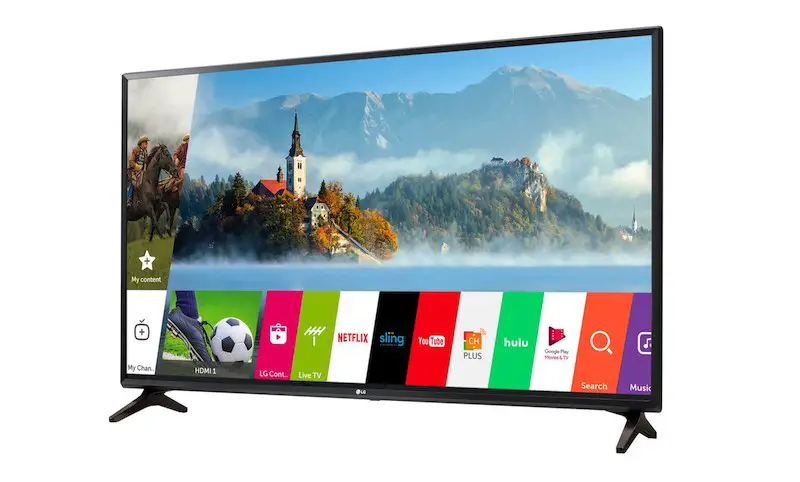Since the launch of the first models, 1080p TVs have brought crystal clear content to many spaces across the globe. On top of that, these devices have several features that allow the user to improve the quality of the pictures shown on their screens. One such setting is the Pictures Settings option found under their Settings Menu.
Anyone can head to the Picture Settings option on 1080p TVs. But you cannot get the best results without using the right parameters for various types of content. Luckily, you can make things better by working with a guide that will help you use the settings perfectly.

If you are looking for the ideal settings for adjusting your 1080p TV, go through our article and find the settings that suit your needs.
Best Picture Settings for 1080p TVs
Here are the general settings for getting better images on various brands of 1080p TVs. But before using our guide, we suggest that you go through the owner’s manual of your 1080p TV. Besides, if any of these settings are not supported on your TV, skip to the next option.
For Movies/ TV Shows
If you want to get the best settings for watching various genres of TV shows and movies, try the following parameters:
1. Picture Mode
The Picture Mode setting depends on the model of the TV adjusted. For instance, if you are using a Sony 1080pTV, choose the Custom Mode while Hisense works better with Theater Dark mode. As for Samsung, you should stick with the Movie Picture Mode or use the Expert (Dark Room) for LG.
2. Backlight
On most 1080p TVs, the Backlight setting improves the brightness of the picture quality. With this in mind, you can adjust the setting to your desired setting based on the lighting of your room. For more accuracy, reduce the Backlight to a lower setting.
3. Contrast
As you adjust the contrast of your 1080p TV, choose the highest setting possible. If you take this advice, that means that you should stay at a setting of 100% or the maximum setting offered.
4. Color
Using the color setting can be tricky on most 1080p settings. For instance, using a low setting means black and white pictures while higher numbers offer annoying images. For this reason, allow the color to stay at 50%.
5. Sharpness
Unlike the contrast, you do not need to use the highest setting available. Instead, adjust the sharpness to a maximum of 50% for getting the best level of sharpness for any content.
6. Hue/Tint
If you get to the Hue/Tint setting, you should leave the setting at the default setting of 0. After all, adjusting this setting might ruin the overall quality of the images on your screen.
7. Color Temperature / Tone
For the highest quality, tune the Color Temperature/Tone to Warm. But if you are using a Movie/Custom/Theatre Night/Expert Room, you can skip this setting.
8. Local Dimming/Contrast
Setting the Local Dimming/ Contrast on the TV can make the images clearer. To get the best setting, make sure this setting stays High.
9. Motion Smoothing / Interpolation
If you are watching a movie on a 1080p TV, you should turn off the Motion Smoothing/Interpolation Setting. But if you are using your 1080p TV for video games, turn off the option to avoid lags.
Is 1080p Good TV Resolution a Good TV?
Yes, 1080p is a great resolution for any TV. After all, this quality offers high-definition images for movies, games, and TV shows.
Should Sharpness Be High or Low?
According to experts, the Sharpness should be set low. With this in mind, the setting should not be more than 50%. If you pick a higher value, the images will not be clear enough for viewing.
How Do You Know If The Sharpness Is Too High?
1080p TVs with extra high sharp settings tend to have grainy, unnatural-looking images. You might even end up with pictures littered with halos.
How Do I Know If My TV is 1080p?
If you want to confirm if your TV is 1080p, start by looking at the details printed on the packaging box. You can also find the same information on TV manuals or the official website of the particular brand.